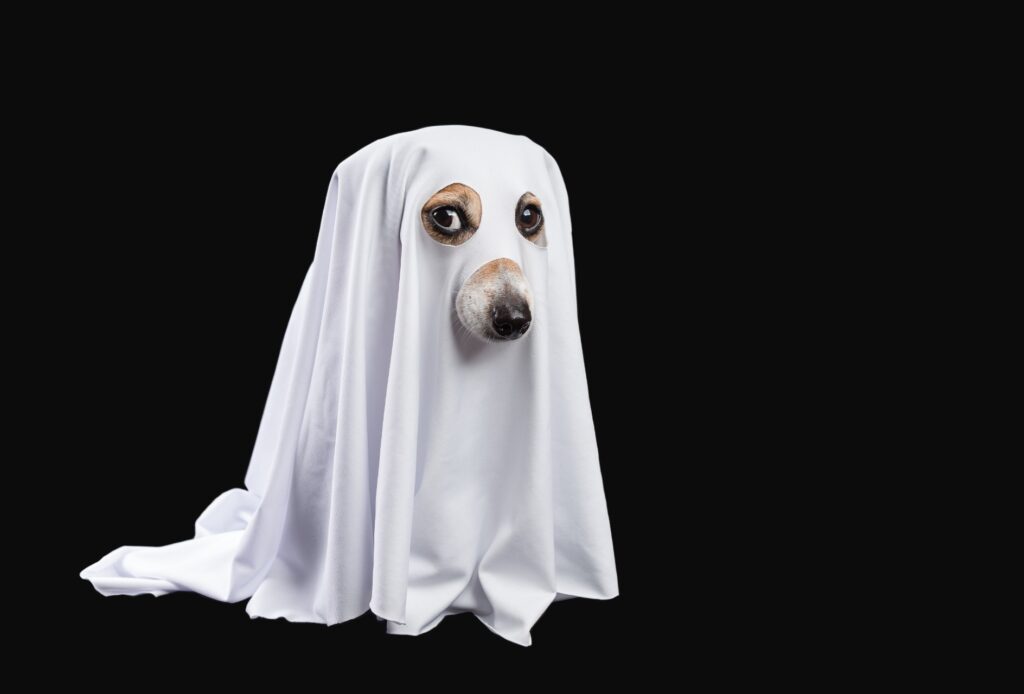Halloween and the Honoring of the Dead: A Journey from the Catacombs to Candy Corn
When it comes to honoring the dead, our cultural traditions are full of ghosts, saints, and all manner of solemn and playful commemoration. But how did we arrive at the modern mash-up of costumes, jack-o’-lanterns, and haunted houses that we call Halloween? Let’s take a journey through time—from the underground burial chambers of ancient Rome to the Day of the Dead altars in Mexico—and see how our festive approach to remembering the departed has evolved. And, of course, we’ll tie it back to those personal connections that make honoring the dead a universally shared human experience—like the plaque I’m having installed on the final resting place of my parents.
The Origins of Honoring the Dead: Catacombs and Saints
Our journey begins deep below the surface of ancient Rome, where early Christians sought refuge in catacombs—underground burial places outside the city walls. These tunnels were not only places to hide from persecution but also served as sites for mourning, prayer, and remembrance. The reverence for martyrs and the ritual of praying for the departed laid the groundwork for what would become All Saints’ Day and All Souls’ Day, marking a time when the faithful would pause to remember those who had died.
By the 8th century, these practices were formalized. Pope Gregory III declared November 1st to be a day dedicated to honoring all saints, both known and unknown—a move that transformed the casual veneration of the dead into a structured ecclesiastical event. Thus, All Saints’ Day (also known as All Hallows’ Day) and its companion, All Souls’ Day (November 2nd), became key moments for Christians to visit the graves of loved ones, light candles, and pray for their souls.
The Celtic Samhain and the Rise of Halloween
Meanwhile, in the lands of the Celts—today’s Ireland, Scotland, and parts of France—another festival was marking the turn of the seasons and the passage from life to death. Samhain (pronounced “Sow-in”) was an ancient harvest festival that took place on October 31st, and it was believed that on this night, the boundary between the world of the living and the realm of the spirits grew thin. People would light bonfires, wear costumes to ward off wandering ghosts and leave offerings to the departed to ensure a bountiful harvest.
As Christianity spread across Europe, old pagan customs mingled with new religious traditions. By the time All Saints’ Day was established, its “eve” on October 31st—known as All Hallows’ Eve—became a night to honor the dead in a way that fused both Christian and Celtic beliefs. The transformation was gradual and patchy, but the seeds were sown for what would eventually become our modern Halloween.
The Mexican Día de los Muertos: A Celebration of Life and Death
While Halloween was brewing in Europe, other parts of the world developed their own traditions to honor the dead. Perhaps none is more colorful and iconic than the Mexican Día de los Muertos (Day of the Dead). Drawing from indigenous beliefs about the cyclical nature of life and death and mingling with Catholic practices brought by Spanish conquistadors, Día de los Muertos is celebrated on November 1st and 2nd. It is a time when families come together to welcome the spirits of deceased loved ones back to the world of the living.
With elaborate altars (ofrendas) adorned with marigolds, sugar skulls, food, and photos, the holiday is not a somber reflection on loss but a joyful reunion of family across the boundaries of life and death. It reminds us that to honor the dead is to remember their lives, laugh at their memories, and keep their spirits dancing on this earth.
All Saints’ Day in Spain and Italy: Tradition and Solemnity
In Spain and Italy, All Saints’ Day (Día de Todos los Santos in Spanish and Ognissanti in Italian) carries a more solemn tone. Families visit cemeteries to clean the graves of their loved ones, leaving fresh flowers and offering prayers. In both countries, it’s a time of reflection and reverence, and while there may be some festive elements like special foods (think “bones of the dead” pastries or Sicilian “frutta martorana” marzipan fruits), the focus remains on the quiet honoring of those who have passed away.
Interestingly, while the American Halloween has evolved into a night of playful spookiness, the Spanish and Italian traditions maintain a more direct link to the Catholic observances of All Saints’ and All Souls’ Days. They serve as a reminder that our relationship with the dead can take many forms, from lighthearted revelry to sacred remembrance.
Halloween in America: A Melting Pot of Traditions
Fast forward to 19th-century America, and you’ll find that Halloween as we know it began to take shape. Irish and Scottish immigrants brought their traditions of costumes, pranks, and communal gatherings with them, blending with regional customs. The American penchant for creativity and spectacle transformed Halloween into a more secular celebration—a night for fun, frights, and (eventually) mass-produced candy.
Yet, even as Halloween morphed into a costume party of epic proportions, its roots in honoring the dead have never been completely lost. For many, carving pumpkins, wearing masks, and telling ghost stories are ways to playfully confront our fears of death and the unknown. Underneath the revelry lies an ancient urge to honor and remember those who have passed on—just as the early Christians did in the catacombs, just as the Celts did around their fires, and just as families do across the world today.
The Personal Connection: A Plaque to Honor the Past
Honoring the dead is as much about personal memory as it is about cultural tradition. As I have a plaque installed on the final resting place of my parents, I am reminded that our rituals—whether solemn prayers, festive costumes, or quiet moments at a gravestone—are ways to bridge the gap between this world and the next. My parents’ plaque represents not only a tribute to their lives but also an acknowledgment of the continuity of family and the unbreakable bond between generations. It’s a physical marker, but also a symbol of love, remembrance, and the very essence of what it means to honor the dead.
Just like the ofrendas on Día de los Muertos, or the flowers left at graves in Spain and Italy, this plaque is a way to keep their memory alive. And perhaps, in its own quiet way, it reflects the same impulse that drives us to light a candle on All Saints’ Day, don a mask on Halloween, or bake special treats to share with both the living and the departed.
Conclusion: A Universal Tapestry of Remembrance
While Halloween in the U.S. may seem a world apart from the religious observances of All Saints’ Day or the joyful celebrations of Día de los Muertos, they all share a common thread: the desire to connect with those who have come before us. Whether we’re dressing up in costumes, building altars for our ancestors, or laying down a plaque in a quiet cemetery, we are participating in a time-honored tradition of remembrance and love.
So, the next time you see a child dressed as a ghost, a skeleton sugar skull, or even a beautifully adorned grave, remember that all these symbols are part of a long and diverse tradition of honoring the dead—a tradition that has traveled across continents, religions, and cultures, and one that continues to live on in the personal acts of memory we share with those we’ve loved and lost.
From the catacombs to candy corn, the many ways we honor our departed remind us that even though death is inevitable, love, memory, and a little bit of playfulness can transcend time.


